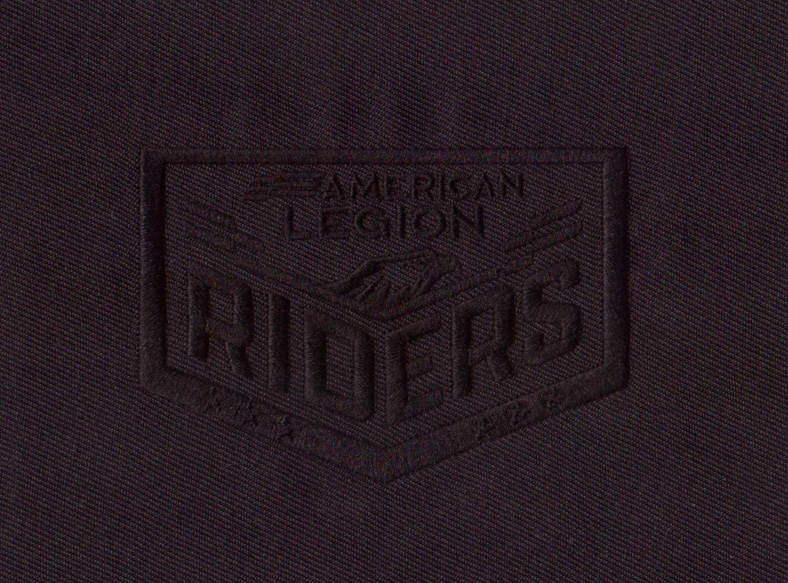Vector Conversion Services: Transforming Graphics for Versatility
Vectorconversion services have become an essential resource in the digital age, enabling the seamless transformation of graphics from raster images to scalable vector formats. This process offers numerous advantages, including enhanced image quality, versatility, and adaptability across various applications. In this article, we will explore the significance of vector conversion services, the conversion process, and the diverse benefits it brings to businesses and creatives alike.
I. Understanding Vector Conversion Services: From Raster to Vector
Vector conversion involves converting raster images, composed of pixels, into vector graphics composed of mathematical equations and lines. This transformation allows images to be resized without losing quality, making them suitable for a wide range of applications.
The Importance of Vector Graphics:
Vector graphics offer unparalleled flexibility, making them ideal for both digital and print media. They can be scaled up or down without any loss of resolution, ensuring sharp and crisp visuals regardless of the size.
Applications of Vector Conversion:
Vector conversion services find applications in various industries, such as graphic design, branding, signage, apparel printing, and architectural design. The ability to convert logos, illustrations, and designs into vectors opens up new possibilities for creative professionals.
II. The Vector Conversion Process: Precision and Artistry
The process of vector conversion requires skill and precision to ensure accurate representation and smooth curves.
Manual Tracing vs. Automated Conversion:
While automated software can handle simple conversions, complex images often require manual tracing by skilled designers. Manual tracing ensures meticulous attention to detail and results in superior-quality vectors.
Maintaining Visual Integrity:
During the conversion process, designers aim to preserve the original visual aesthetics and style of the raster image. This attention to detail ensures that the vector version closely resembles its raster counterpart.
III. Benefits of Vector Conversion Services: Versatility and Scalability
Scalability and Resolution Independence:
Vectorgraphics can be scaled to any size without losing quality. This scalability is particularly advantageous for businesses that require logos and artwork to be adapted for various marketing materials, from small business cards to large banners.
Print and Production Efficiency:
Vector files are print-ready, streamlining the printing process and reducing production time. Whether for apparel printing, promotional materials, or large-format prints, vector graphics ensure precision and consistency.
Simplified Editing and Modifications:
Vector files are easily editable, allowing designers to make quick changes to colors, shapes, and layouts. This adaptability makes vector conversion an invaluable asset in design projects that require frequent revisions.
In conclusion, vector conversion services offer a transformative solution to the limitations of raster images, unlocking the full potential of graphics fordigital and print media. The ability to preserve visual integrity, ensure scalability, and enable easy editing makes vector graphics a preferred choice for businesses and creatives alike. As technology advances, we can expect vector conversion services to play an even more significant role in empowering designers and businesses with versatile and high-quality graphics.
As industries continue to embrace the
benefits of vector graphics, vector conversion services will remain a vital
tool in the arsenal of design and marketing professionals. By harnessing the
power of vector graphics, businesses can elevate their visual identity and
efficiently deliver impactful messages to their target audiences. With the
ever-growing demand for flexible and scalable design solutions, vector
conversion services are set to flourish and continue revolutionizing the world
of graphic design.


